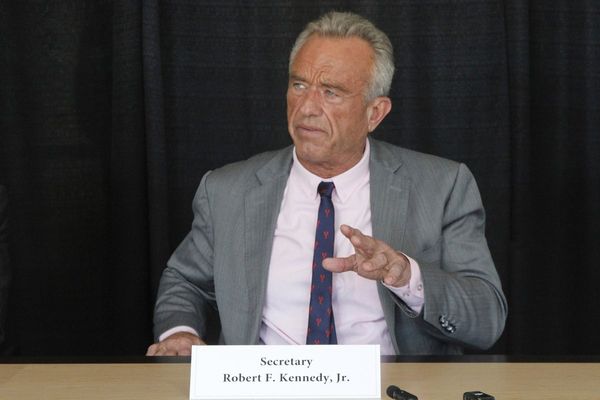
NEW DELHI : India’s petroleum and natural gas minister Hardeep Singh Puri held a virtual meeting with US Energy Secretary Jennifer Granholm wherein the “Need for keeping crude prices affordable was emphasized," Puri said in a tweet.
Energy security is at the core of India-US strategic energy partnership. With US pitching itself as a preferred energy partner, India has been recalibrating its crude sourcing strategy in the backdrop of the growing uncertainties to buffer its consumers from the spike in global prices.
“Had a useful virtual meeting with US Secy of Energy Jennifer Granholm @SecGranholm to review bilateral energy cooperation with emphasis on clean energy pathways & accelerating green energy cooperation," Puri said in another tweet.
India elevated the India-US energy dialogue to a strategic energy partnership (SEP) in February 2018 after the first ministerial meeting held in New Delhi on 17 April 2018 between then oil minister Dharmendra Pradhan and then US energy secretary Rick Perry.
“Also discussed global crude prices & emerging energy markets," Puri said in his tweet.
US crude oil exports to India has increased in the backdrop of the Indian government working on diversifying the country’s energy basket with crude oil supplies from non-Organization of the Petroleum Exporting Countries (Opec) sources. India, the world’s third-largest oil importer has said that it will source crude oil from any country, that offers cheaper and favourable terms.
This comes at a time when India’s petrol and diesel prices at record highs. Also, the country’ petrol and diesel consumption is expected to grow by 14% and 10% respectively in FY22, according to rating agency ICRA.
“We agreed to work closely through the revamped India-US Strategic Clean Energy Partnership (SCEP), as part of the India-US Climate & Clean Energy Agenda 2030 Partnership, scheduled for tomorrow," Puri said in another tweet.
This meeting comes in the run up to United Nations Climate Change Conference to be held in Glasgow later this year. There hasn’t been much traction on the Green Climate Fund set up to provide developing nations $100 billion annually by 2020 to counter climate change. Also, India has been resisting the pressure of declaring a net zero emission goal.
India’s green energy space has also been witnessing significant interest, with a global shift to green energy to address growing environmental concerns.







